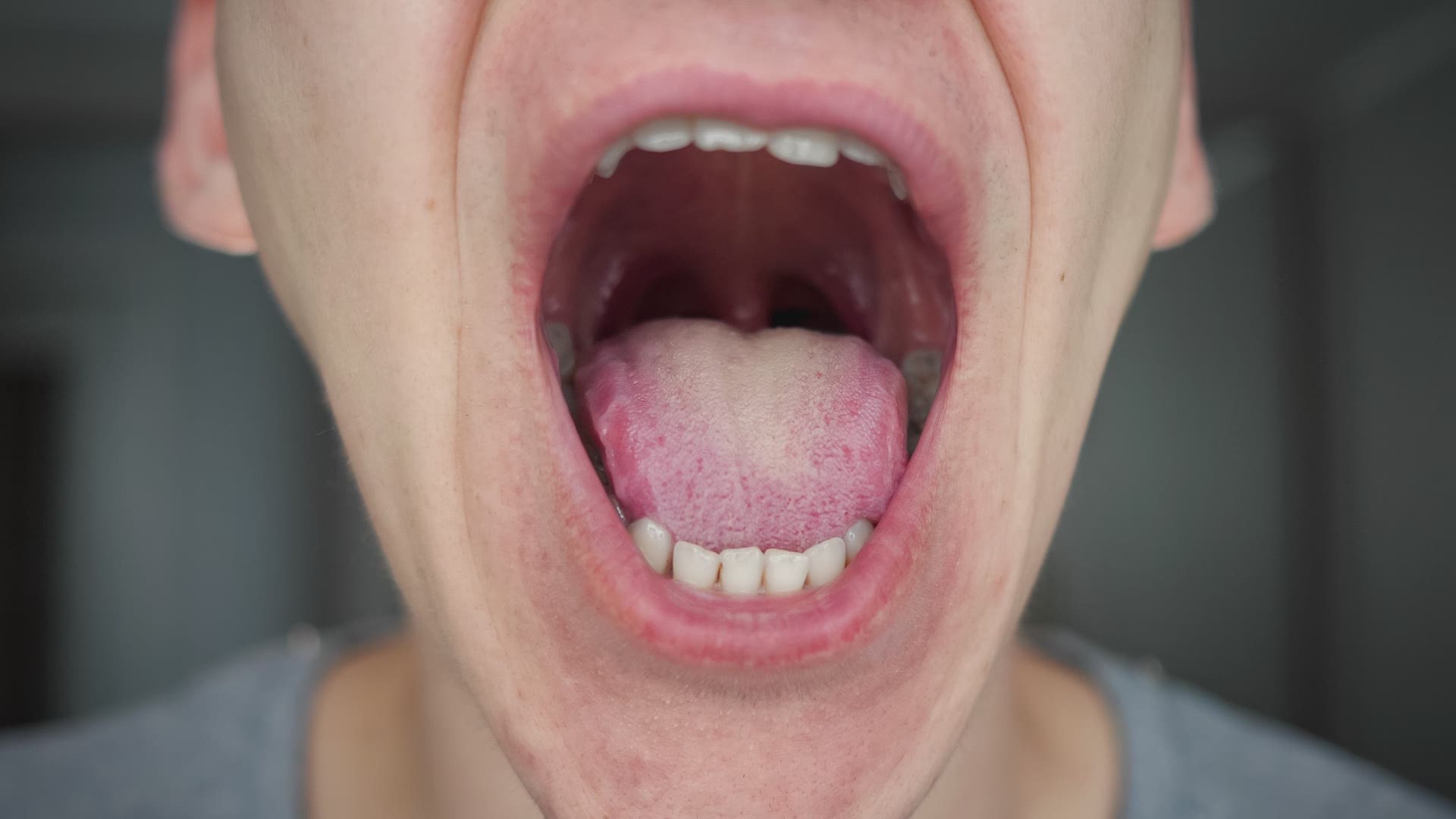


You can learn more about how we ensure our content is accurate and current by reading our editorial policy. We link primary sources - including studies, scientific references, and statistics - within each article and also list them in the resources section at the bottom of our articles. Medical News Today has strict sourcing guidelines and draws only from peer-reviewed studies, academic research institutions, and medical journals and associations. A person has not had fever for at least 24 hours.10 days have passed since the first symptoms appeared.It is generally safe to leave the house again when all of the following apply: People without symptoms may also wish for a test, such as someone who has recently come into contact with a person with known COVID-19. State and local health departments can provide COVID-19 tests to those with symptoms. For example, acetaminophen (Tylenol) can relieve pain. Taking over-the-counter medications may help with specific symptoms. Most people with mild symptoms of COVID-19 will recover at home without hospital treatment. Cleaning: It is important to clean and sanitize surfaces and objects that people use frequently, such as door handles, light switches, phones, and other devices.Dispose of tissues safely, and wash the hands with soap and water regularly. Taking precautions to protect others: This includes wearing a mask over the nose and mouth, covering coughs and sneezes with the inside of the elbow, and avoiding sharing household items.Tell the operator ahead of time that the cause may be COVID-19.

Monitoring symptoms: Contact the emergency services if symptoms become severe, causing difficulty breathing, chest pain, or other worrying symptoms.Do not allow people from other households to visit. Avoiding contact with others: Where possible, stay in a separate room from others in the household.Only attend a medical facility if a healthcare worker advises this. Avoid leaving the house or using public transport. Staying at home: Rest at home and contact a doctor for medical advice.

People with symptoms that could indicate the presence of COVID-19 must take precautions to prevent the spread of SARS-CoV-2. Learn more about the long-term effects of COVID-19 here. Scientists and doctors are still investigating the best treatments for cases that cause long lasting symptoms. It is unclear how many people will develop lingering symptoms, but early data from the COVID Symptom Study suggest that around 1 in 20 people experience symptoms for 8 weeks, while 1 in 50 have symptoms for 12 weeks or longer. People may refer to this as “long COVID,” or post-COVID syndrome. Some people who experience mild or severe COVID-19 go on to develop lingering symptoms. Depending on how COVID-19 has affected them, they may take 6 weeks or longer to feel better.ĭoctors may treat COVID-19 cases causing severe symptoms with antiviral or steroid drugs, ventilation to aid breathing, or monoclonal antibody therapy. However, people with more severe symptoms typically take longer to recover. People who fall into this category often recover without hospital treatment within 1–2 weeks. Most people experience mild-to-moderate disease. COVID-19 affects people in different ways.


 0 kommentar(er)
0 kommentar(er)
